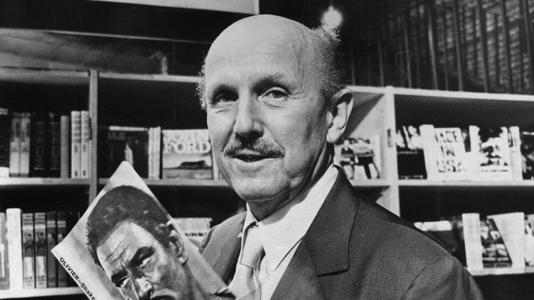Martin Scorsese likes to talk at length about the work of other filmmakers. In interview he gave to BBC Culture, in which he summarized his love of — and debt to — the past, saying, “I look at the filmmakers of the past and many filmmakers of the present and I have really nothing but admiration … more than admiration, I survive from them, I live off the inspiration I get from them … Artists need to know the past and know what’s been done.
In a discussion with British journalist Barry Norman, Scorsese named 5 influential films that he sought to collect. They were John Ford’s “The Searchers,” Powell and Pressburger’s “The Red Shoes,” Federico Fellini’s “8 ½,” Orson Welles’s “Citizen Kane,” and Luchino Visconti’s “The Leopard.”
The influence of these filmmakers vary in their effect on Scorsese. Welles and Ingmar Bergman opened Scorsese’s eyes by transgressing conventions and exploring the medium’s possibilities. Their films were foundational experiences for the young filmmaker but did not influence his work as much as Francois Truffaut, Kenneth Anger, and Satyajit Ray, whose approaches to editing, soundtrack, and social milieu are seen in Scorsese’s features.
Michael Powell & Emeric Pressburger
The films of Powell and Pressburger influenced the young Scorsese, especially the 1948 ballet drama “The Red Shoes.” “It’s a film that had a very strong impact on me,” Scorsese told the Guardian, “the nature of storytelling, the images, the editing, the camera movements, the use of music, the faces … it was a very dark story.”
Scorsese was not the only boy in the neighborhood to enjoy “The Tales of Hoffmann.” Before he started renting the 16mm print on a regular basis, another filmmaker often signed out the film. “In those days you had to go and rent projector and a 16mm print. It was always available, nobody else ever took it out,” George A. Romero told a KVIFF audience. ” Then all of a sudden somebody else started to book it. It turned out to be Scorsese. We were the same age. He lived in Brooklyn and I lived in the Bronx and we were the only two guys that were taking out this movie.”











